Ho Chi Minh City: A group of scientists from the Institute of Biomedical Physics developed an exercise program that helps reduce lumbar scoliosis by 4 degrees after 3 months.
The research, conducted from June 2022, helps people with scoliosis restore their activities by exercising on specialized equipment in the rehabilitation research program of the Institute of Biomedical Physics (Institute of Military Science and Technology) with the help of experts from Leipzig University (Germany).
Applying principles and training methods in sports medicine and rehabilitation, scientists at the Institute of Biomedical Physics have developed training programs for patients with scoliosis on specialized training equipment.
Training data is measured and saved on the computer system to serve as a basis for evaluation and development of appropriate training programs. These are specialized devices that focus on training muscle groups that need improvement. Depending on the patient's condition, the training program will be developed in terms of intensity, time, frequency, and number of repetitions accordingly.
According to Dr. Lai Hai Binh, Head of the Department of Medicine, Institute of Biomedical Physics, the training program is built according to the guidelines of the American Association of Colleges of Sports Medicine (ACSM). However, to suit the physique of Vietnamese people, the training intensity should be built lower. Specifically, according to ACSM guidelines, beginners can initially practice at 40 - 50% of maximum muscle strength. However, the program in the initial stage with a low load of 10% or even no load is built for patients to get used to, then gradually increase the load ratio according to their ability to practice.
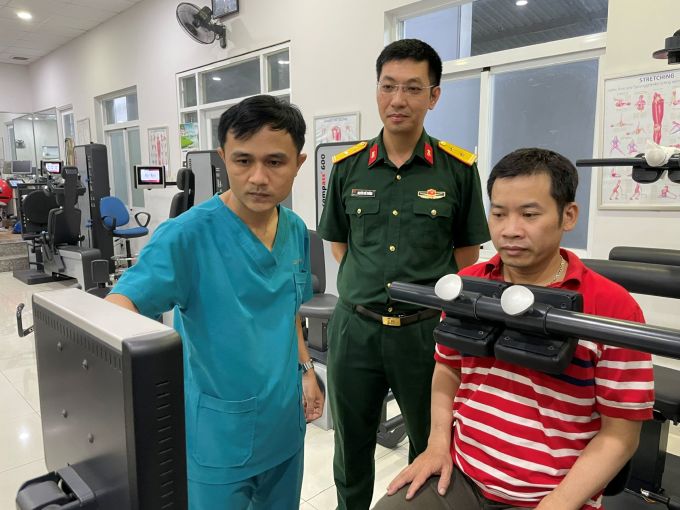
A specialist assesses a patient's scoliosis condition on specialized exercise equipment. Photo: Ha An
Based on the training progress, the program increases the number of training sessions to increase recovery ability according to each person's reality. "The machine training process will record the patient's training data to suggest increasing the load and difficulty of the exercise accordingly," said Dr. Binh.
The program was tested on an 18-year-old male patient in Ho Chi Minh City with 40-degree lumbar scoliosis. After 3 months of training, the scoliosis decreased from 40 degrees to 36 degrees in the lumbar vertebrae, and from 29 degrees to 26 degrees in the thoracic vertebrae.
According to physiotherapist Le Van Thong, Department of Medicine, Institute of Biomedical Physics, in order for the training process to have good results, in addition to exercises, medical staff need to support patients psychologically, helping them to be more interested in training through the process of accompanying and transmitting positive emotions.
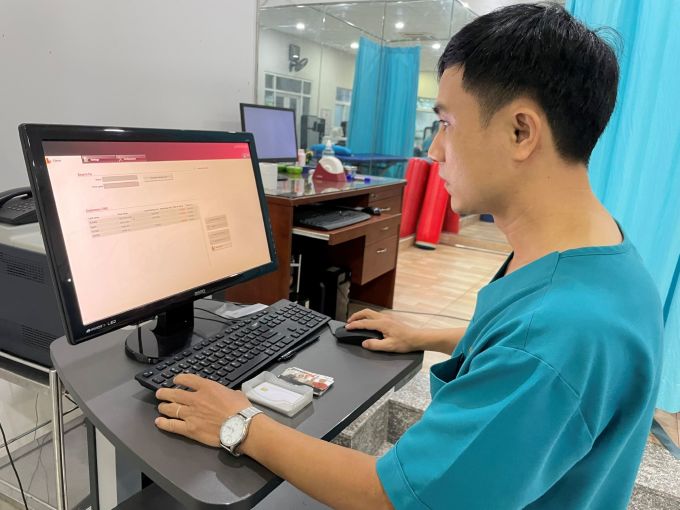
Tracking patient exercise data on the computer. Photo: Ha An
According to Dr. Lieutenant Colonel Nguyen The Thuong, Institute of Biomedical Physics, in the world, rehabilitation exercises are common and popular indications. However, in Vietnam, exercises to enhance and restore functions are still limited due to the lack of specialized training equipment and the high initial investment costs for facilities. Treatment with drugs and surgery often have immediate effects. Rehabilitation exercises take several months to improve, so patients need to be persistent and practice the right method.
In addition to developing training programs, Dr. Thuong said that the unit focuses on researching and developing new technological solutions and specialized modern equipment in the field of physical therapy and rehabilitation. The Institute is ready to cooperate and transfer research results to units inside and outside the military, contributing to improving the physical health of Vietnamese people and supporting students, students, and young people with scoliosis.
Scoliosis is a condition of curvature of the spine to one side of the body axis and curvature of the vertebral bodies along the axis of the horizontal plane. About 1-4% of the population suffers from this condition at all ages. Currently, the disease tends to be younger in adolescents from 10-18 years old, during the bone development stage. "About 80% of the causes are idiopathic, some others are congenital or have other diseases related to the neuromuscular system," said Dr. Binh. In addition, many other cases of scoliosis are caused by sitting in the wrong posture for a long time, especially in school-age children.
According to the research team, rehabilitation exercises help patients strengthen weak and unbalanced muscles, thereby changing the spinal structure in the direction of recovery. This is considered a safe and effective method for people with scoliosis in adolescence, with Cobb angle levels from 20-40 degrees.
Ha An
Source link


![[Photo] 60th Anniversary of the Founding of the Vietnam Association of Photographic Artists](/_next/image?url=https%3A%2F%2Fvphoto.vietnam.vn%2Fthumb%2F1200x675%2Fvietnam%2Fresource%2FIMAGE%2F2025%2F12%2F05%2F1764935864512_a1-bnd-0841-9740-jpg.webp&w=3840&q=75)



![[Photo] National Assembly Chairman Tran Thanh Man attends the VinFuture 2025 Award Ceremony](/_next/image?url=https%3A%2F%2Fvphoto.vietnam.vn%2Fthumb%2F1200x675%2Fvietnam%2Fresource%2FIMAGE%2F2025%2F12%2F05%2F1764951162416_2628509768338816493-6995-jpg.webp&w=3840&q=75)



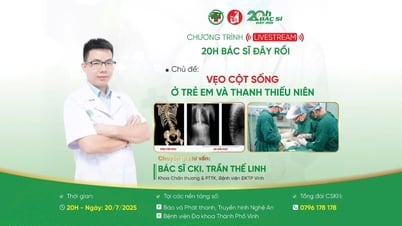

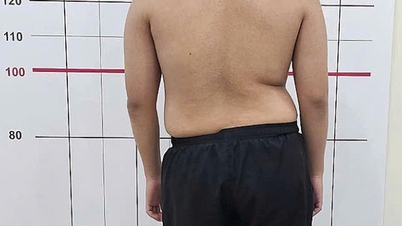














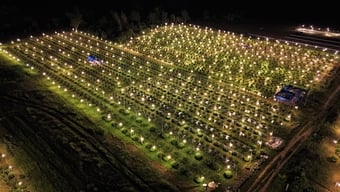


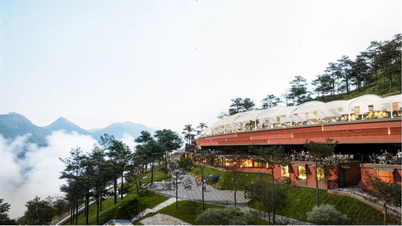
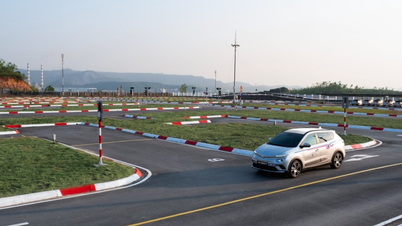

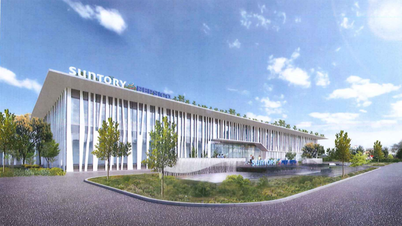



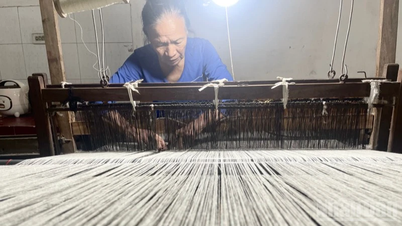
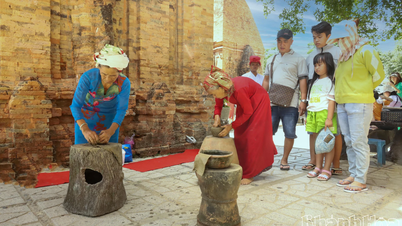

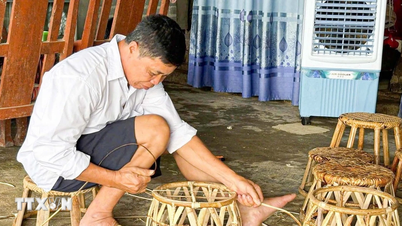









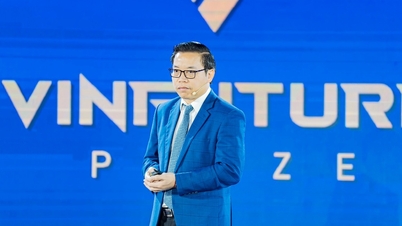

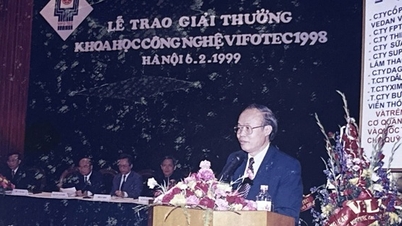

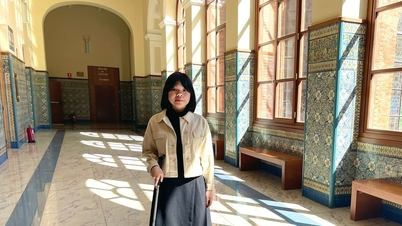
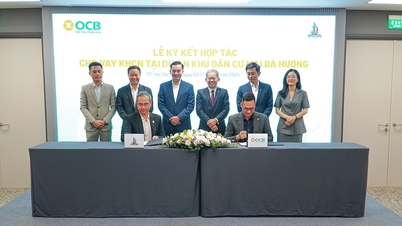


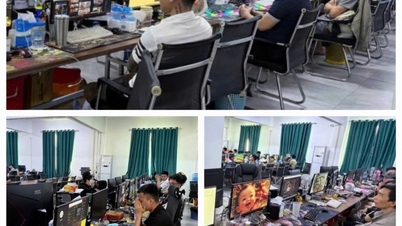




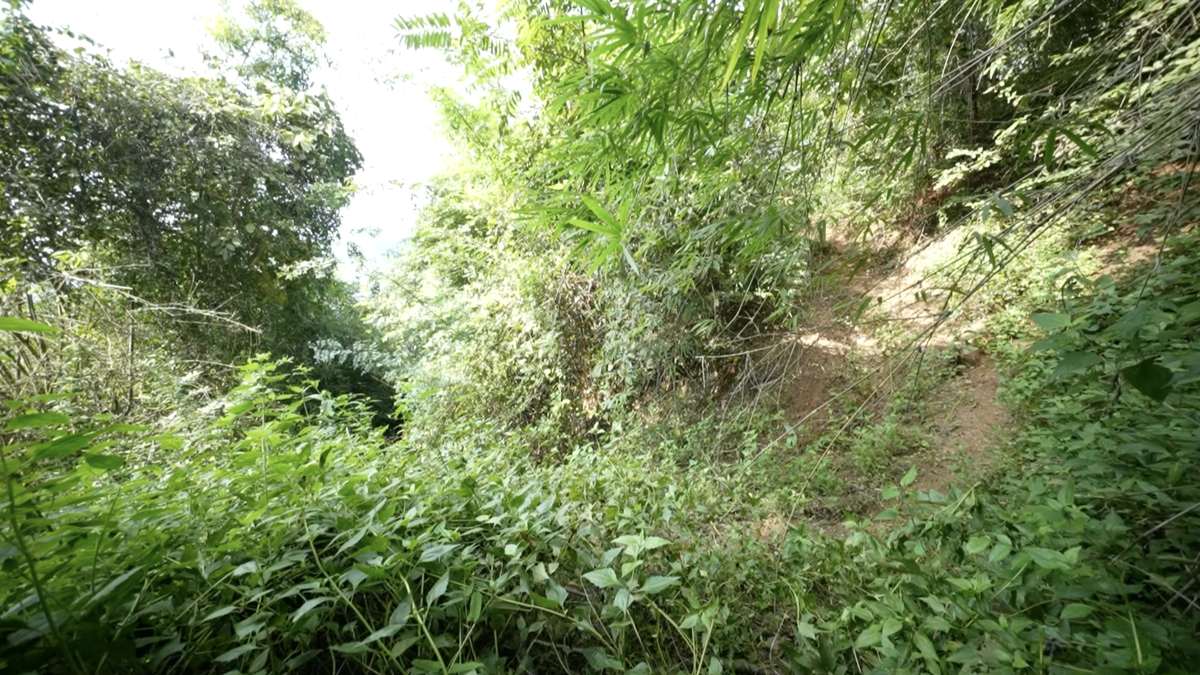



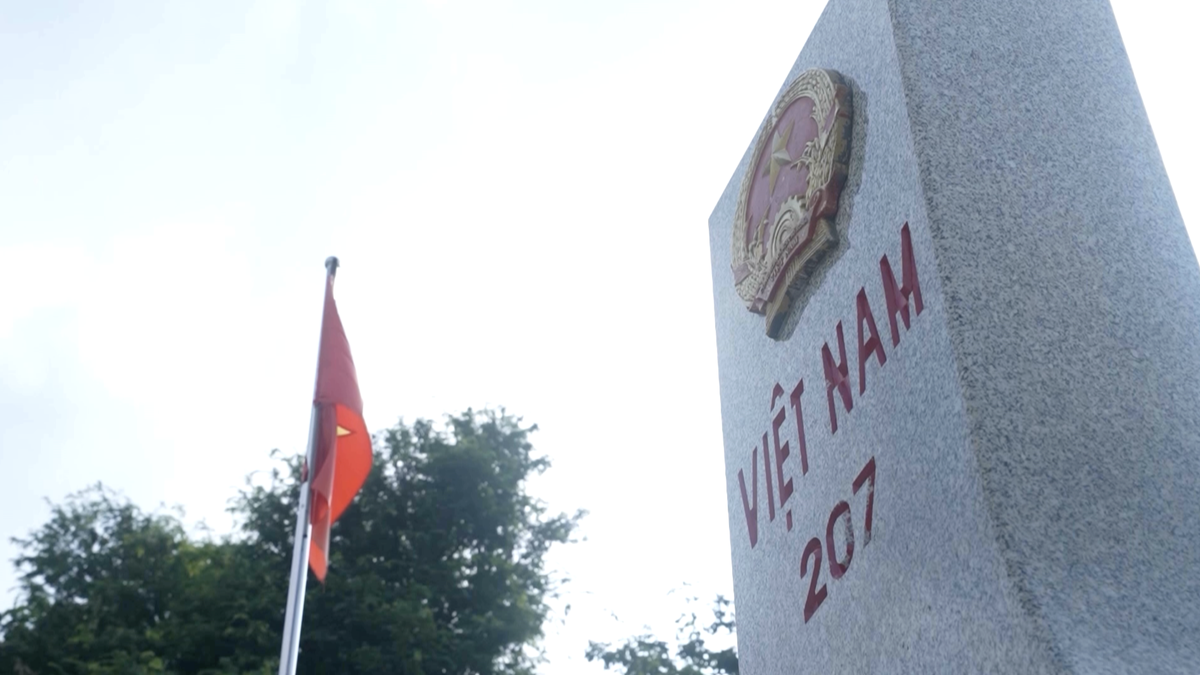
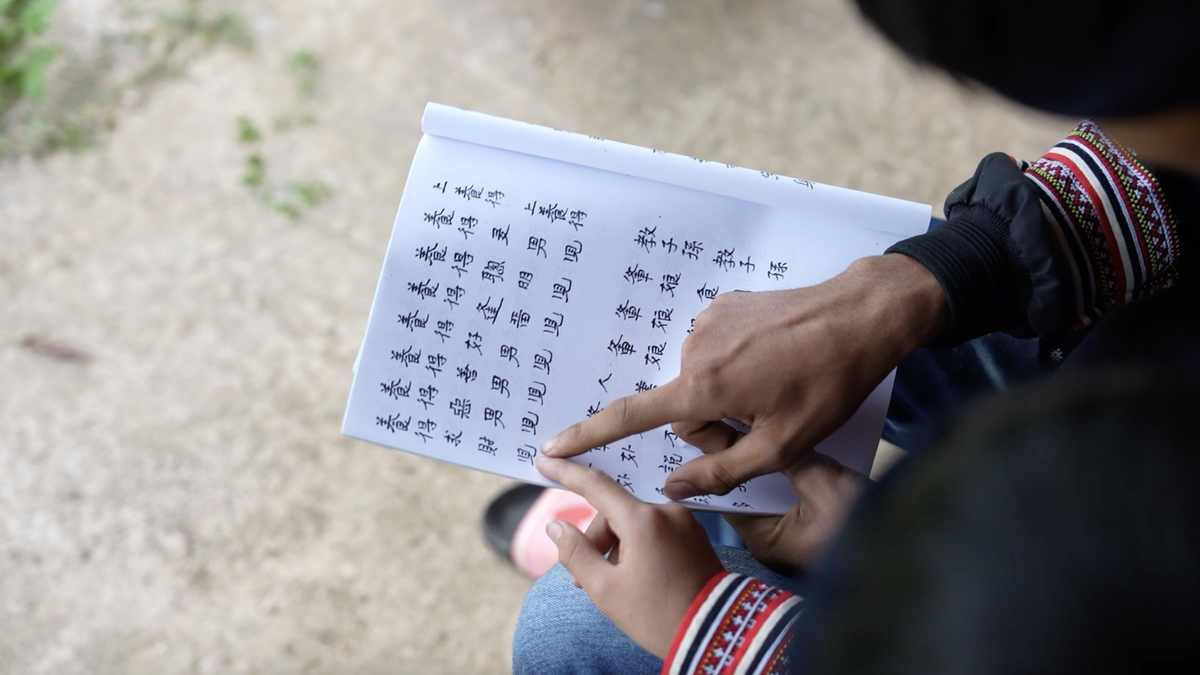



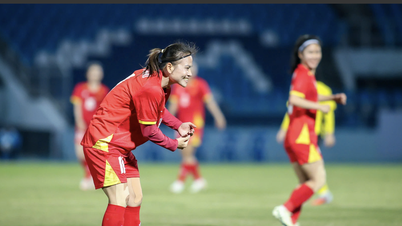





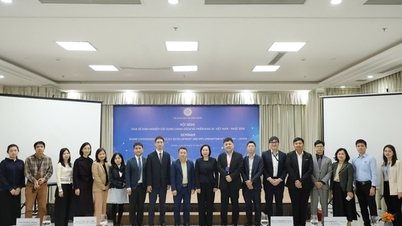




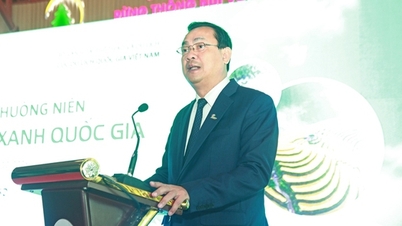
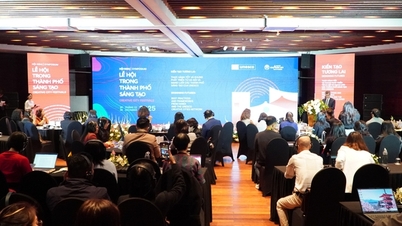
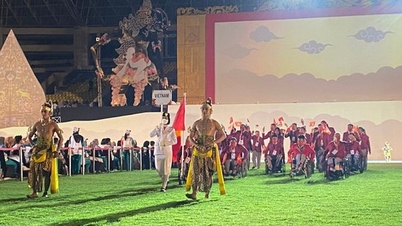





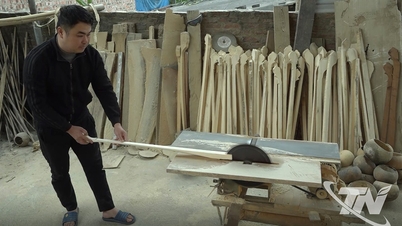


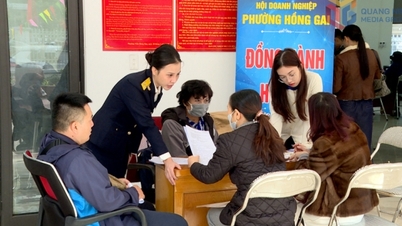






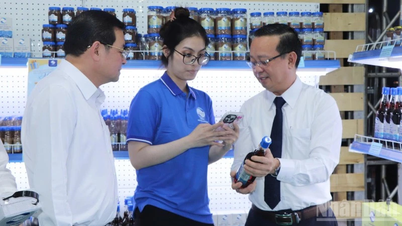
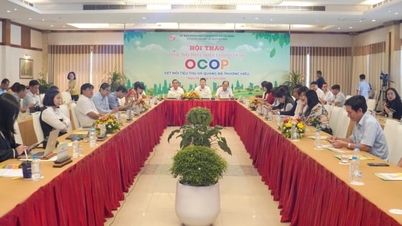



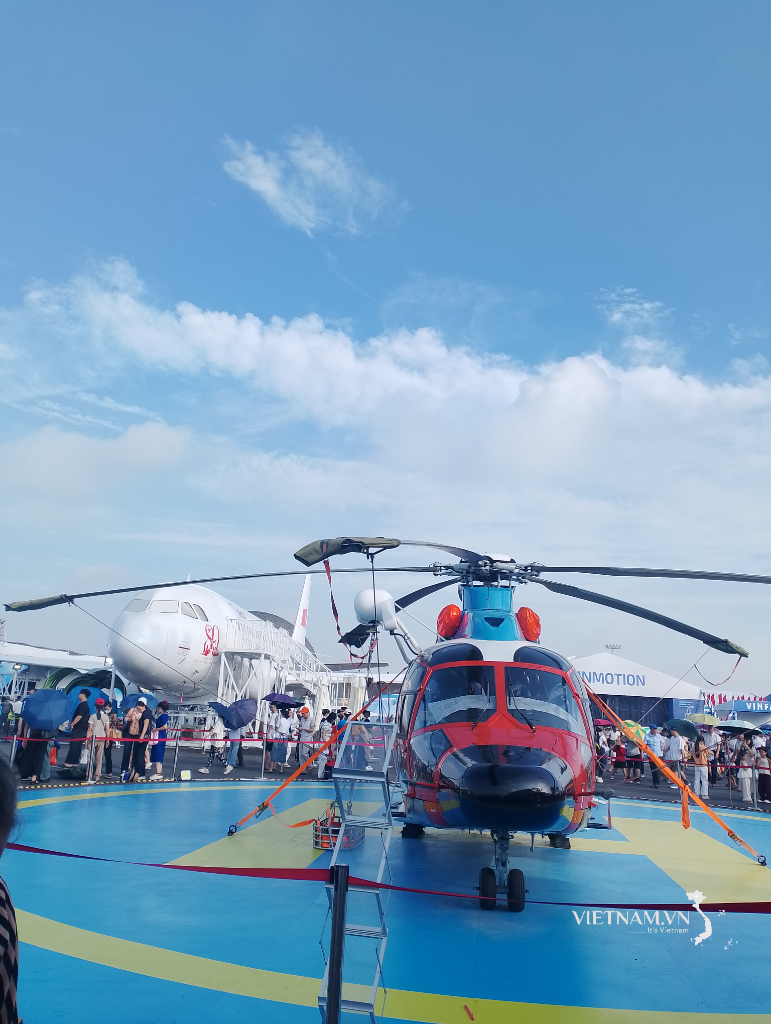






Comment (0)